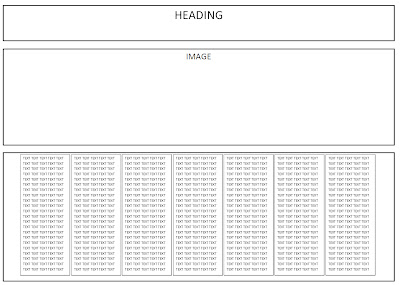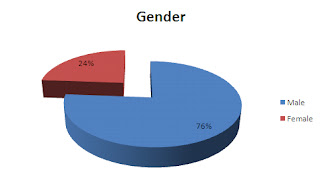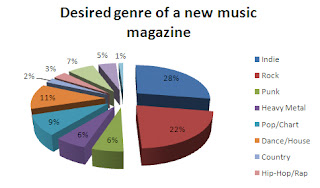Classic Rock
Double Page Spread
Photography
The photo is a live photograph, much like the previous pictures, however this time is focuses on the band as a whole, and not just Pete Townshend although he is the dominance in the picture. The image used is a visual summary of what The Who where about, and what being at one of their smaller gigs was like. This will appeal to the audience as the image is empasises everything the band stood for, and it also represents their image and style. By being in black and white is also adds to the authenticy of the image, it shows that it is an aged image, which adds to the reminder that the band is aged. Again by not using a studio image, it is a constant reminder that the band are not a current band, which has been running throughout the images in the band. As the picture is dominant over the double page spread it adds to the fact that despite being quite a bit of writing, the images of the band are much more popular, and that this is what the audience wants to see much more that two pages full of writing.
Colour Scheme
The colour scheme of red, white and black has run along the magazine into this double page spread, which adds to the familiarity of the magazine, and also makes the readers feel at comfort. With the main image being in black and white, the double page spread looks quite dull, however by adding in bits of red here and there, the spread looks slightly brighter, and attracts the reader much more. The double page spread uses the colours simply, making it easy to look at, as the colours are not too busy and allows the reader to take it in easier. By not overloading the page with colours, it gives the page a simple look, which allows for compatibility with the busy main picture within it.
Fonts
The whole of the peice is in a sans serif font, except for the large T at the start of the text. By using all sans serif font, it is allowing the article to stay in the same bracket, for example it does not have bits that seem more important or look different by using lots of contrasting fonts. This way the reader does not have to adjust to the several fonts and can continuosly read the article. It could also be a reference to The Who themselves - how they had a certain style and stuck to it, not having to keep changing styles over the years. The one part of serif font(which is also in red) starts off an anecdote from the reporter. This is to show that this is not part of the article, and this is just a personal note from the writer himself, and that the actual arcticle starts afterwards.
Writing Style
The article is a stark contrast with the rest of the magazine, there is much more of it, and it is in much more detail. The language used is much more "violent" that the rest of the magazine, with this being the semantic field, with words such as "electric fury", "ear-bleeding" and "dragged". These words are used in order to create a vivid impression of what the era was like and how the concerts played by the band were crazy. The reported uses specialist language with phrases such as "five-bob" which will be understood by the intended audience, however a younger audience would not be able to relate to this at all. It also goes into details of clubs that the band played at, which are now well recognised, which will probably hold memories for the readers, however younger audiences will not recognise such places, with big arena's and o2 acadameys now taking their places as the latest music venues. It also talks in details of the mods, and the style and ideas they had - obviously the majority of the bands fans will have been mods, so to mention them would be a technique in which to bring back their own memories and for a way for the reader to relate themselves to the article and fit themselves into it. The article then goes into detail of the "Maximum R&B" promotion and ideas other PR's had for them - this will allow the reader to feel close to the band, and allow them to gain insight they previously might not have had. It also gives reasons to why the band did certain things, such as "The ideas behind Townshends union jacket", which again allows readers to understand the band more.
Text/Picture Ratio
The image is much larger than the text, and the text/picture ratio is around 1:2. The image dominates the text, but helps support it, as the text next to it has parts that refers to things that can be spotted in the images. This allows the reader to have a mental and visual image of what the article is describing. As there is quite alot of text, the image allows for a breakup in this, and allows the double page spread to be taken in easily by the readers. The text doesn't overload the reader, and again allows the reader to view images of iconic bands.
Overall
Overall, the peice allows readers to be given information that they may not have previously known in large details, without it being set out in a strict "textbook" style. The image allows for the text to be given without overwhelming the reader. The simple colour scheme gives a welcoming feel to the audience, and is not too busy for the reader to take in. The consistency of the fonts throughout allows a smooth flow in reading, and keeping the same level of importance through the peice, whilst the specialist language and semantic feild make the article appealing specifically for the intended audience.






































